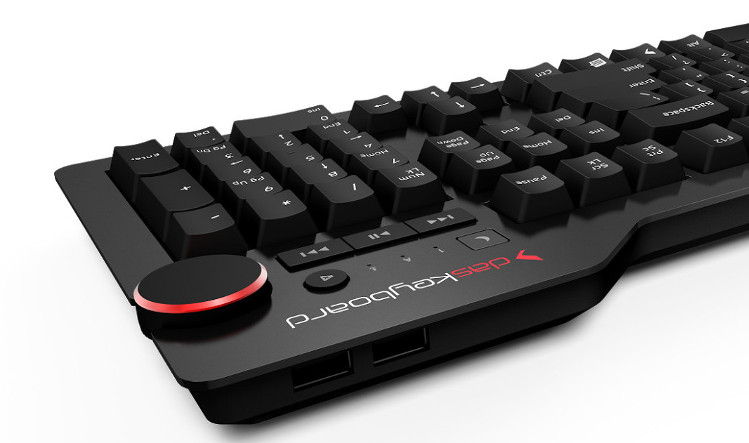

- #External keyboard with milkytracker install
- #External keyboard with milkytracker update
- #External keyboard with milkytracker full
- #External keyboard with milkytracker portable
BetterCap for credentials harvesting, pcap capture and reporting.Sensepost MANA running in simple-nat mode.Alfa AWUS036NHR 2000mW with a HUACAM HCM82 8dBi dualband antenna for rogue AP and packet injection.Main WiFi card connected to my smartphone (which is tethering via WiFi AP) as upstream.GPD powered by the aforementioned powerbank.
#External keyboard with milkytracker portable
In its simplest form, my portable offensive configuration is: Here’s a very ugly PoC of what I mean, I’m still waiting for a decent USB hub to be delivered by Amazon:
#External keyboard with milkytracker full
Personally, I like to have an Anker Astro E7 powerbank connected to the USB Type-C and the hardware I need to the USB 3.0 port (maybe with some USB 3 hub, to have appropriate bandwidth, powered by the same powerbank), then I can attach pretty much whatever I want to it, including an Alfa antenna, an Ubertooth One (great also to have a 2.4Ghz portable spectrum analyzer!) or some SDR card (most of SDR applications will require the full bandwidth of the USB port, which means it’s unlikely you’ll be able to use something else at the same time).
#External keyboard with milkytracker update
( Don’t worry, you already have Intel microcode installed )Īnd eventually start the update process itself: sudo ANSIBLE_NOCOWS=1 ansible-playbook system.ymlĪfter the update is over, reboot and you’re ready to go :) Getting OffensiveĪt this point, you have a quad core Intel cpu, GNU/Linux and an USB 3.0 port, I mean, imagination is the limit!
#External keyboard with milkytracker install
Sudo git clone /usr/src/ansible-gpdpocketīefore you continue, edit the roles/boot/tasks/debian.yml file and remove this block from it: - name: install intel-microcode (iso creation = no)

Make sure apt is not locked and you have internet connectivity first. If you are running Ubuntu 17.04 as me and are experiencing this issue, you might want to do the following instead: Updating custom Kernel and stuff.Īfter installation and the routine system update, you might want to periodically update the fixes and custom kernel from the repository, in order to do so you should run the gpd-update script as root, this will take 2-3 hours since the kernel is going to be compiled on the device itself. NOTE: Data on USB Type-C still does not work, but efforts are being made about it, we only need to wait. This will start the usual GNU/Linux installation procedure.

Considering that a lot of people were interested I decided to write this post to share my impressions, installation procedure and configuration tips. Tablets are cool and everything, but I’ve been a fan of ultra portable Linux devices since the Sharp Zaurus series. It’s no secret I’ve been recently playing with the GPD Pocket 7, an ultra small laptop which can run GNU/Linux and has more than decent hardware.


 0 kommentar(er)
0 kommentar(er)
